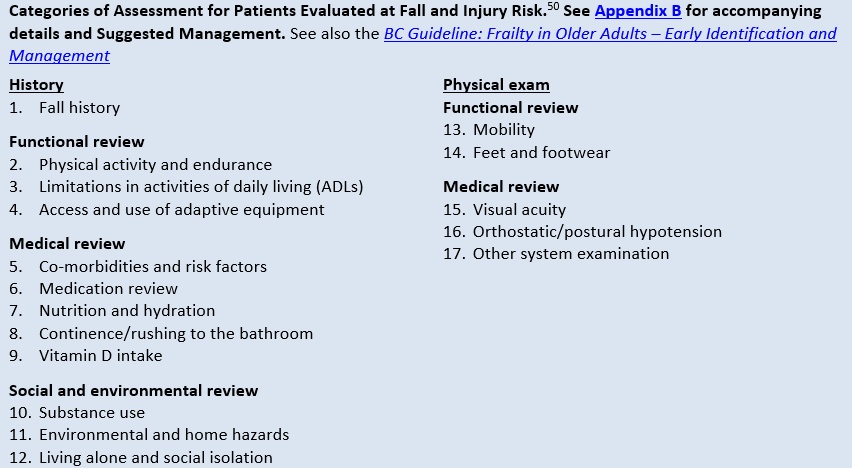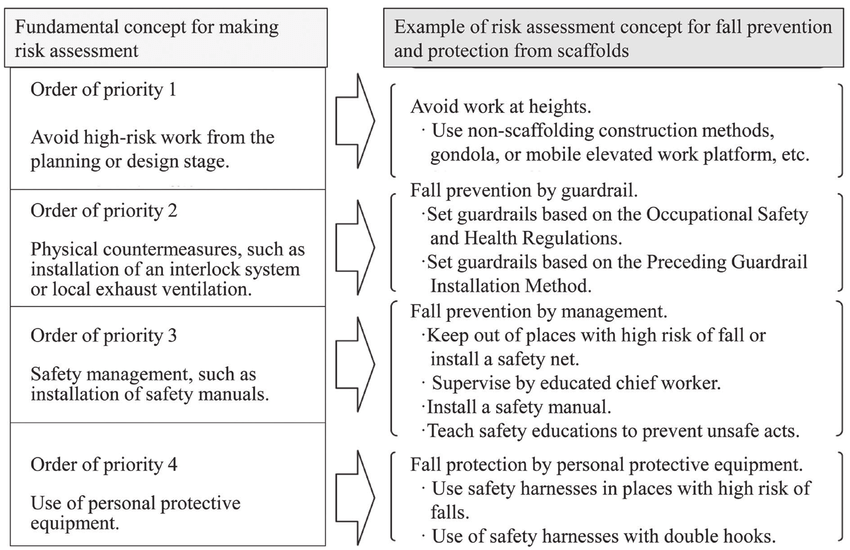All about Dementia Fall Risk
Table of ContentsSome Known Facts About Dementia Fall Risk.Some Known Facts About Dementia Fall Risk.Rumored Buzz on Dementia Fall RiskDementia Fall Risk - The FactsDementia Fall Risk Can Be Fun For Everyone
The FRAT has three sections: fall danger status, threat element list, and activity strategy. An Autumn Threat Standing consists of data regarding background of recent falls, medications, mental and cognitive standing of the patient - Dementia Fall Risk.If the individual scores on a threat element, the equivalent number of points are counted to the patient's fall risk rating in the box to the far. If a person's autumn threat score completes five or greater, the person is at high threat for drops. If the patient ratings just four points or lower, they are still at some risk of dropping, and the nurse must utilize their finest medical assessment to take care of all autumn danger elements as part of a holistic care plan.
These common methods, in general, assist establish a secure environment that decreases accidental falls and delineates core preventive procedures for all clients. Indications are vital for patients at risk for drops.
Some Known Questions About Dementia Fall Risk.
For instance, wristbands ought to include the person's last and given name, day of birth, and NHS number in the UK. Details must be printed/written in black against a white background. Only red color must be used to signal special person condition. These suggestions follow existing growths in patient recognition (Sevdalis et al., 2009).
Products that are also much might call for the person to connect or ambulate unnecessarily and can potentially be a hazard or add to drops. Aids stop the person from heading out of bed without any kind of help. Registered nurses react to fallers' phone call lights faster than they do to lights launched by non-fallers.
Visual impairment can greatly cause falls. Maintaining the beds closer to the flooring lowers the risk of falls and major injury. Putting the cushion on the flooring dramatically reduces fall risk in some health care setups.
The 7-Minute Rule for Dementia Fall Risk
Patients that are high and with weak leg muscle mass who try to rest on the bed from a standing placement are most likely to fall onto the bed because it's too reduced for them to reduce themselves safely. Also, if a high person attempts to rise from a reduced bed without help, the individual is likely to drop back down onto the bed or miss out on moved here the bed and fall onto the floor.
They're created to promote prompt rescue, not to prevent drops from bed. Aside from bed alarm systems, increased guidance for high-risk individuals also might aid stop drops.

Patients with a shuffling stride rise fall opportunities dramatically. To lower loss danger, footwear need to be with a little to no heel, thin soles with slip-resistant step, and sustain the ankle joints.
The Greatest Guide To Dementia Fall Risk
In a research, homes with ample lights report fewer falls (Ramulu et al., 2021). Renovation in lights at home may decrease fall prices in older grownups.

Caretakers are efficient for guaranteeing a secure, safeguarded, and risk-free environment. However, researches demonstrated very low-certainty proof that sitters reduce loss danger in acute treatment health centers and just check it out moderate-certainty that alternatives like video clip tracking can reduce caretaker use without raising autumn risk, recommending that sitters are not as valuable as at first thought (Greely et al., 2020).
The Greatest Guide To Dementia Fall Risk

Enhanced physical fitness lowers the risk for falls and restricts injury that is received when fall transpires. Land and water-based exercise programs might be in a similar way beneficial on balance and stride and therefore reduce the risk for falls. Water workout might add a favorable advantage on balance and gait for ladies 65 years and older.
Chair Surge Workout is a straightforward sit-to-stand exercise that helps strengthen the muscle mass in the thighs and buttocks and enhances flexibility and freedom. The objective is to do Chair Rise exercises without using hands as the client becomes stronger. See resources section for a detailed instruction on how to perform Chair Rise exercise.